Cat S61 Smartphone Hands-On: First Impressions
by Anton Shilov on March 5, 2018 8:00 AM EST- Posted in
- Smartphones
- Ruggedized
- Trade Shows
- CAT
- Bullit Group
- MWC 2018
- Cat S61
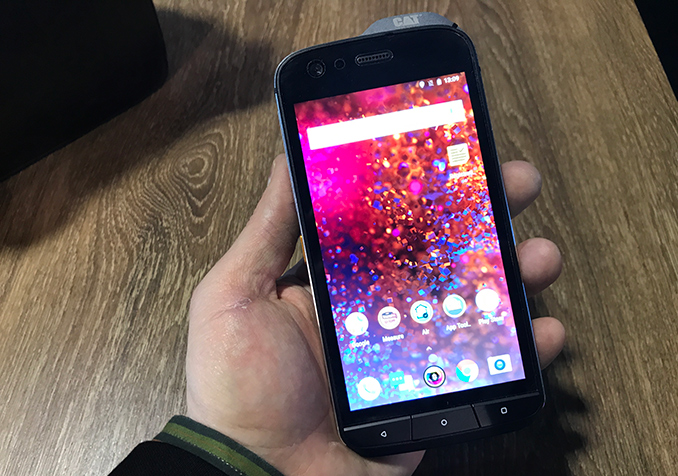
Earlier this month Bullitt Group and Cat introduced the new Cat S61 ruggedized smartphone for workers and first responders who have to operate in harsh environments. These 'ruggedized phones' have to be able to work in areas such as industrial sites, disasters, or conflict zones, and also require special features to assist the users. The phone was being displayed at Mobile World Congress last week, and since this is the first handset to be outfitted the combination of a FLIR thermal camera, a laser-assisted distance meter, and an air quality analyzer, I could not miss an opportunity to check it out in real life.
Hands-On
The mighty IP68-rated waterproof Cat S61 looks solid on pictures, and in person it feels just the same: a very robustly made smartphone that is reinforced all around. The phone has sharp edges, and the surface on the back is knobby, this was done intentionally to enable people wearing gloves to hold the handset firmly. For the very same reason, the Cat S61 has hardware keys for Android UI: it is much easier to press them rather than trying to touch software/sensor buttons.
One of the key features of the Cat S61 is of course the FLIR thermal imaging camera. The Lepton sensor used by the S61 is the same as used by the S60, but Bullitt/Cat equipped it with a new software and therefore enhanced its temperature range up to 400°C. There are obviously no sources of such extreme heat on a show floor, but I can confirm that the sensor works just like it is intended to. The FLIR sensor is located on the upper side of the phone, just above the regular camera, so using it is rather comfortable. Since this was my first experience with a thermal camera, it was mostly fun, yet consider how useful this device is for construction workers, electricians and others.
Next up is laser-assisted distance measurer. This one works quite well too; it has a maximum distance of 10 meters, and a precision is up to one millimeter. The biggest problem with the measurer is that it is located on the bottom of the phone and it is not very comfortable to use it as it gets blocked by either your hand or fingers.
Holding the Cat S61 using only two fingers is not very comfortable and something tells me that holding it this way wearing gloves will be quite disappointing (keep in mind that you should not block the display while using the measurer). Perhaps installing another sensor into the upper part of the phone was not possible because it is pretty heavily packed with antenna, camera, thermal sensor, flash, etc. However, its current location makes the thing rather difficult to use, at least when holding the smartphone vertically.
The third key feature of the Cat S61 is its indoor air quality sensor from Sensirion that can detect indoor air pollutants (Volatile Organic Compounds or VOCs) and notify users when an unhealthy environment is detected. We clearly did not have any VOCs at Bullitt’s MWC booth, so the sensor could not detect anything harmful. However, it did show that the air quality was good. Besides, the software that Bullitt supplies with the phone keeps historical tabs on the measurements, which is quite handy for those who use the S61 regularly to detect VOCs.
Last but not least, it is worth mentioning that Bullitt supplies its specially crafted App Toolbox with its Cat and Land Rover-branded smartphones. The toolbox contains a selection of programs for different activities, including construction, farming, rugged works and so on. This catalogue greatly simplifies when finding the right specialized apps. Since not many programs can use Cat S61’s sensors as yet, organizations planning to deploy the smartphone for their operations might want to design their own custom software for automotization of their processes.
| The Cat S61 Ruggedized Smartphones with Special Features | |
| Specifications | |
| SoC | Qualcomm Snapdragon 630 4 × ARM Cortex-A53 at 2.2 GHz 4 × ARM Cortex-A53 at 1.8 GHz Adreno 508 |
| RAM | 4 GB LPDDR4 |
| Storage | 64 GB + microSD |
| Display | 5.2" 1920×1080 (423 ppi) ? nits brightness ? contrast ratio ? NTSC color gamut Corning Gorilla Glass 5 |
| Network | 4G/LTE Bands: EU/ROW: 1, 2, 3, 5, 7, 8, 19, 20, 26, 28, 38, 39, 40, 41 Americas: 1, 2, 3, 4, 5, 7, 8, 12, 13, 17, 25, 26, 28, 29, 66 3G Bands: EU/ROW: 850, 900, 1700, 1900, 2100 Americas: 850, 900, A WS, 1900, 2100 2G Bands: 850, 900, 1800, 1900 |
| LTE | Down: 600 Mb/s Up: 150 Mb/s |
| Sensors | Thermal camera (FLIR) Indoor Air Quality Sensor E-compass Proximity Sensor Ambient Light Sensor Accelerometer Gyroscope Location Barometer |
| Fingerprint | No |
| Dimensions | 150 × 76 × 13 mm |
| Weight | ? grams |
| Ingress Protection | IP68: Sand, dust and dirt resistant Waterproof: Up to 3M for 60 minutes |
| Military Standard Tests | MIL SPEC 810G Thermal Shock: handles low to high temperature differences between -30°C (-22°F) to 65°C (149°F) for up to 24 hours Resistant to vibration: Category 4 Resistant to humidity and salt mist |
| Rear Camera | 16 MP with autofocus, PDAF, dual LED flash FLIR Lepton thermal sensor |
| Front Camera | 8 MP |
| Battery | 4500 mAh |
| OS | Google Android Oreo |
| Connectivity | 802.11 b/g/n Wi-Fi, Bluetooth 5, USB-C, 3.5mm TRRS |
| Navigation | GPS, GLONASS, Galileo, QZSS, SBAS, iZat, BeiDou (select SKUs) |
| SIM Size | Nano SIM/Dual Nano SIM |
| Colors | Black + Grey |
| Launch Countries | US, UK, EU, etc |
| Price | €899 £799 $999 |



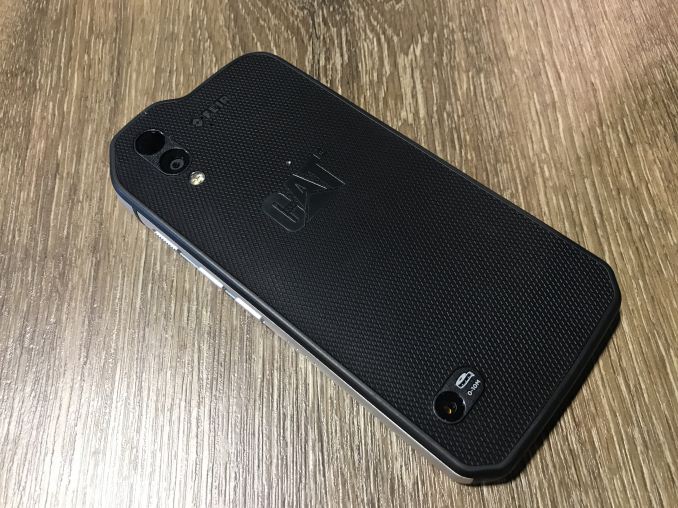
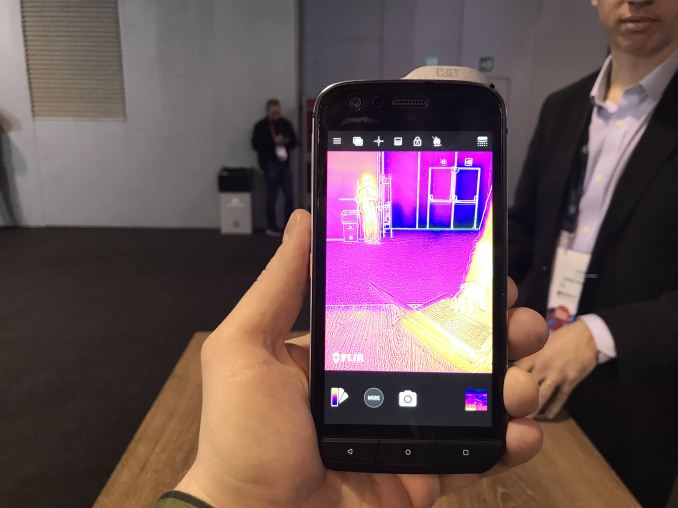


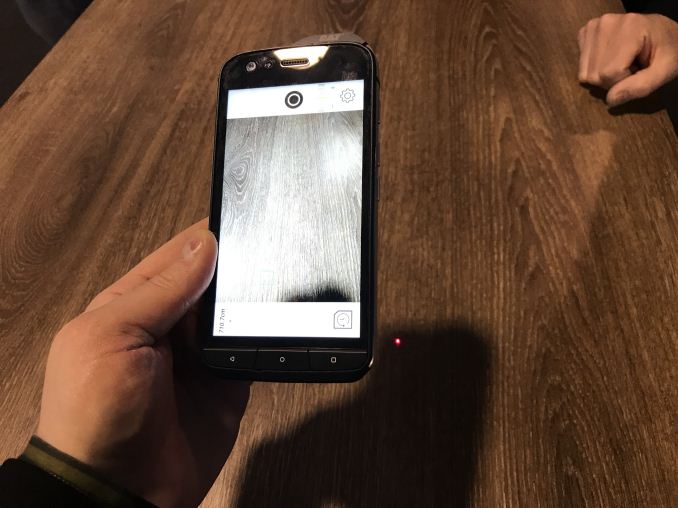
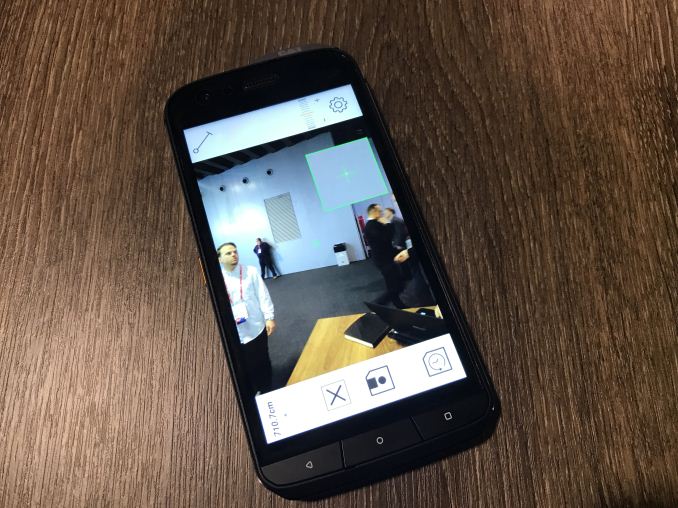
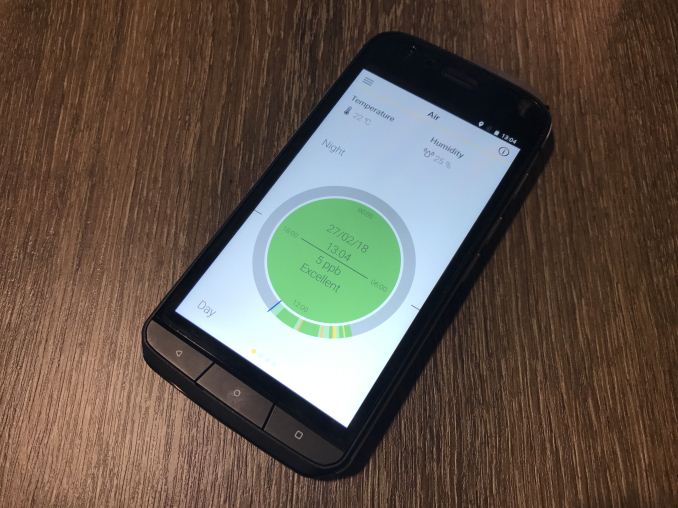

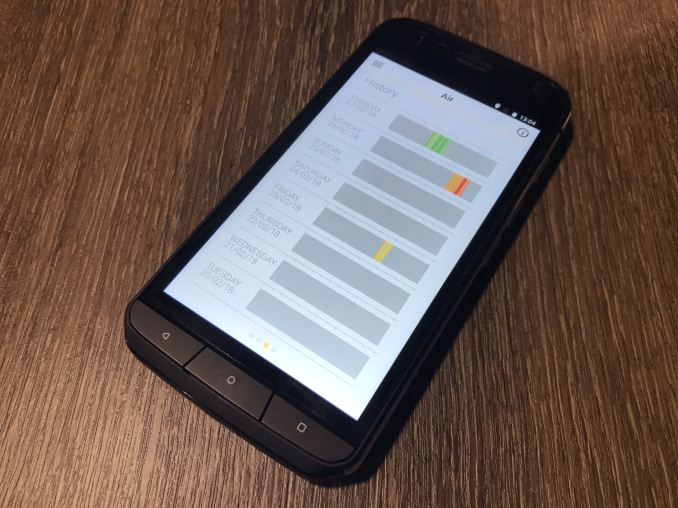
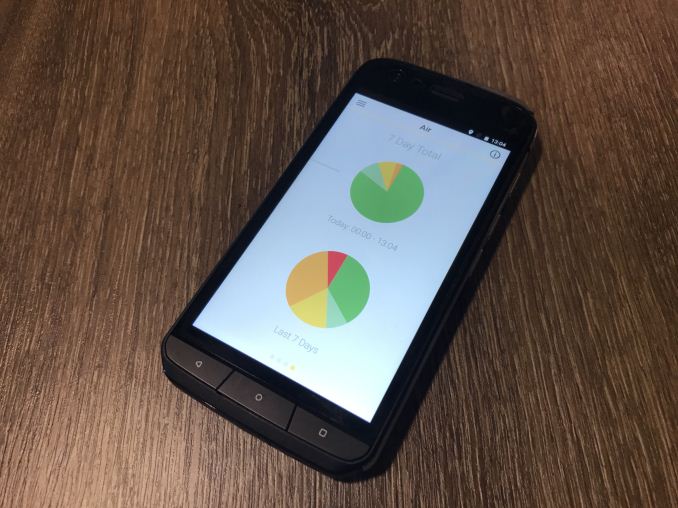

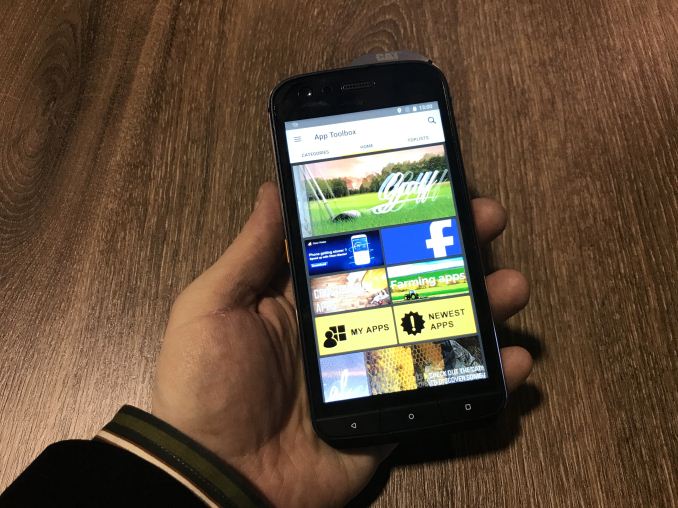














25 Comments
View All Comments
Dremor - Saturday, March 10, 2018 - link
@peeveSD630 is an awesome CPU.
There's nothing (excluding games) out there, requiring anything "faster" CPU.
You can't feel any "slowness" with it.
GreenMeters - Monday, March 5, 2018 - link
But, but, how can it be waterproof when it has a headphone jack?!Seriously though, this is a very interesting device, much more interesting than any of the form-over-function "flagships" from Samsung, Apple, or others. And no, not in just a "interesting to read about" way, but as a daily workhorse. Makes sense that an expensive electronic tool that gets used constantly throughout the day should be rugged. Thermal camera looks interesting for household energy efficiency testing. Would love to see this in a 6" 16:9 (or ~6.5" 2:1) phablet form, maybe up the RAM a couple gigs, and add 802.11ac (though maybe that was just an oversight in the article, I thought ac was built in to the SoC).
Ian Cutress - Monday, March 5, 2018 - link
802.11n is correct. The SoC may support ac, but it has not been implemented.Death666Angel - Monday, March 5, 2018 - link
I get my ruggedness from putting a decent case around my phones. If you need more ruggedness than that, you are one of the people working in the fields the article mentioned. But normal people don't need that. The thermal camera is a gimick that will get used the first week of owning it. If you want it for your house, go to your local energy company or similar organizations, they usually loan out thermal imaging stuff for free or a few dollars. I don't see the appeal to normal people, personally. But I don't think CAT cares about those either. :DFlunk - Monday, March 5, 2018 - link
In general, ruggedized phones are deployed with cases, They have to survive being dropped 4 stories+ onto concrete. There things are mostly used on job sites or heavy industrial situations. It's not really for "normal people". I think they'll sell a tonne of these, $999 is about half what ruggedized phones normally sell for.Allan_Hundeboll - Monday, March 5, 2018 - link
So normal people doesn't work in the mentioned fields? What kind of bubble are you living in??Tams80 - Tuesday, March 6, 2018 - link
You accept that this is for a niche, and then claim that it has features that are not wanted by the general consumer... Those aren't valid points against it being a good device for that niche, and hence a good device.As for ruggedness; the case is only one part and I guarantee you that a more delicate phone in a protective case will not be as protective as a rugged phone in a protective case (which has the benefit of not needing a case if need be).
Further, where I live, thermal imaging equipment is expensive and companies do not just hand it out willy-nilly. The thermal imaging camera here is obviously not very high resolution, but it's not intended for such exact measurement' it's just to get a rough but decent measurement of the temperature from a device the user will likely always have on them.
Myrandex - Monday, March 5, 2018 - link
Umm the Galaxy S5, S7, and S8 were all waterproof with a headphone jack?T2k - Tuesday, March 6, 2018 - link
"But, but, how can it be waterproof when it has a headphone jack?!"Practically every waterproof phone in the past decade (all Sony phones, some Samsung, LG etc) had headphone jacks, without flaps. Not only that but they even worked with waterproof headphones in water.
peevee - Tuesday, March 6, 2018 - link
Check your sarcasm sensor.